The Cocker Spaniel, with its soulful eyes and lush coat, is a breed cherished not only for its friendly and affectionate demeanor but also for its diverse range of coat colors. This breed, originally used as a hunting dog, has evolved into one of the most popular family pets, partly due to its striking appearance. Recognized by their long, flowing ears and silky fur, Cocker Spaniels come in a variety of colors and patterns that can significantly affect their visual appeal and show-ring presence. Each color variant carries unique genetic traits and may influence grooming needs and even visibility in certain environments. This article will explore seven stunning color variations of the Cocker Spaniel, each offering a different aesthetic that may appeal to potential dog owners and breed enthusiasts.
1. Black
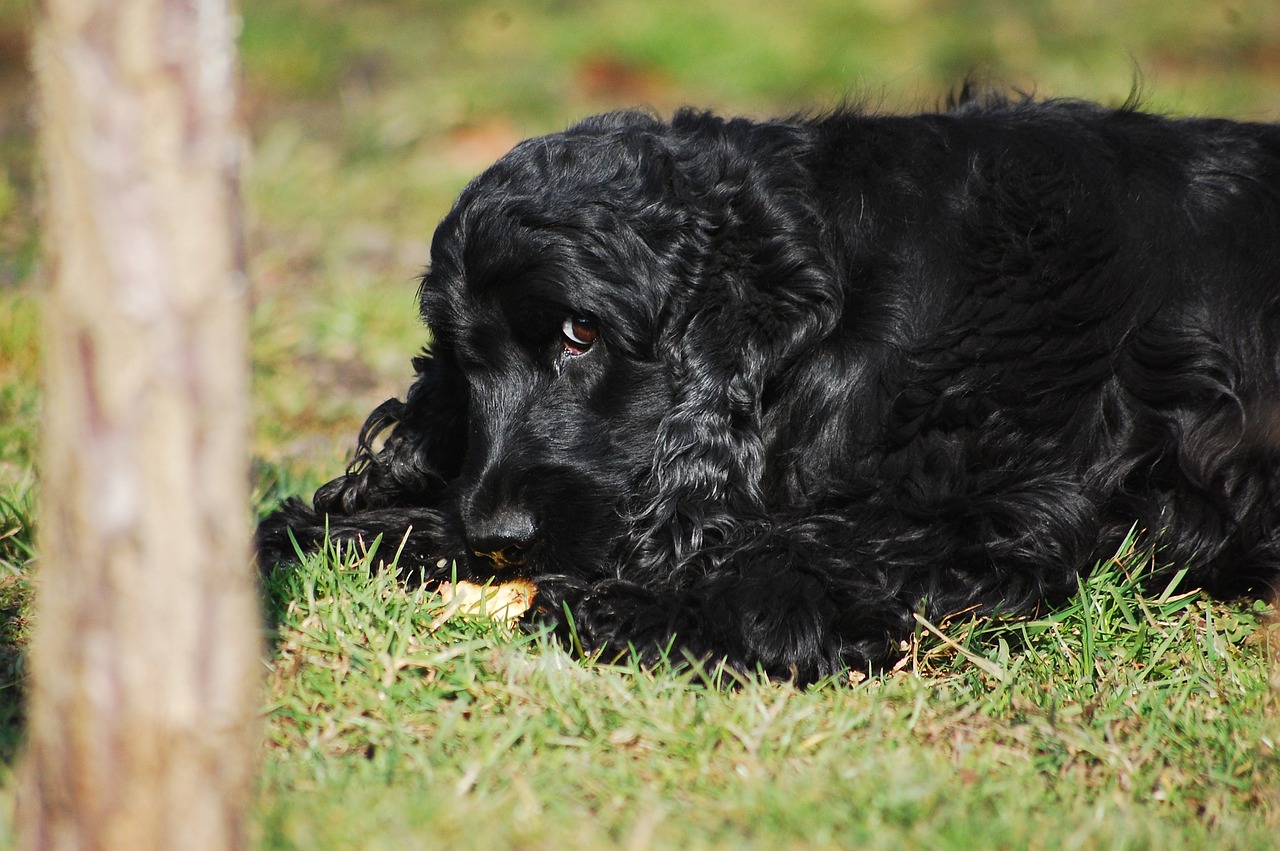
Black Cocker Spaniels are striking with their glossy, jet-black coats that can range from a deep, matte black to a shiny patent leather sheen. This color is solid without any markings, although some black Cockers can have a small white patch on the chest, which is generally acceptable in show standards. Black Cockers are particularly noticeable for their shiny fur that reflects light, giving them a majestic appearance. This color tends to make their eye color pop, enhancing their expressive faces. Grooming is crucial for maintaining the luster and health of the black coat, as it can show dander and dust more readily than lighter colors.
2. Golden

One of the most sought-after colors, golden Cocker Spaniels possess a warm, rich hue that can vary from light golden to a darker reddish-gold. Often mistaken for the lighter shades of red, golden Cockers have a distinct sunny quality to their fur. This color is exceptionally photogenic and popular among pet owners for its striking beauty which resonates well in both urban and natural settings. Regular grooming helps maintain the sheen and health of their golden locks, which can darken or lighten with age and sun exposure.
3. Chocolate
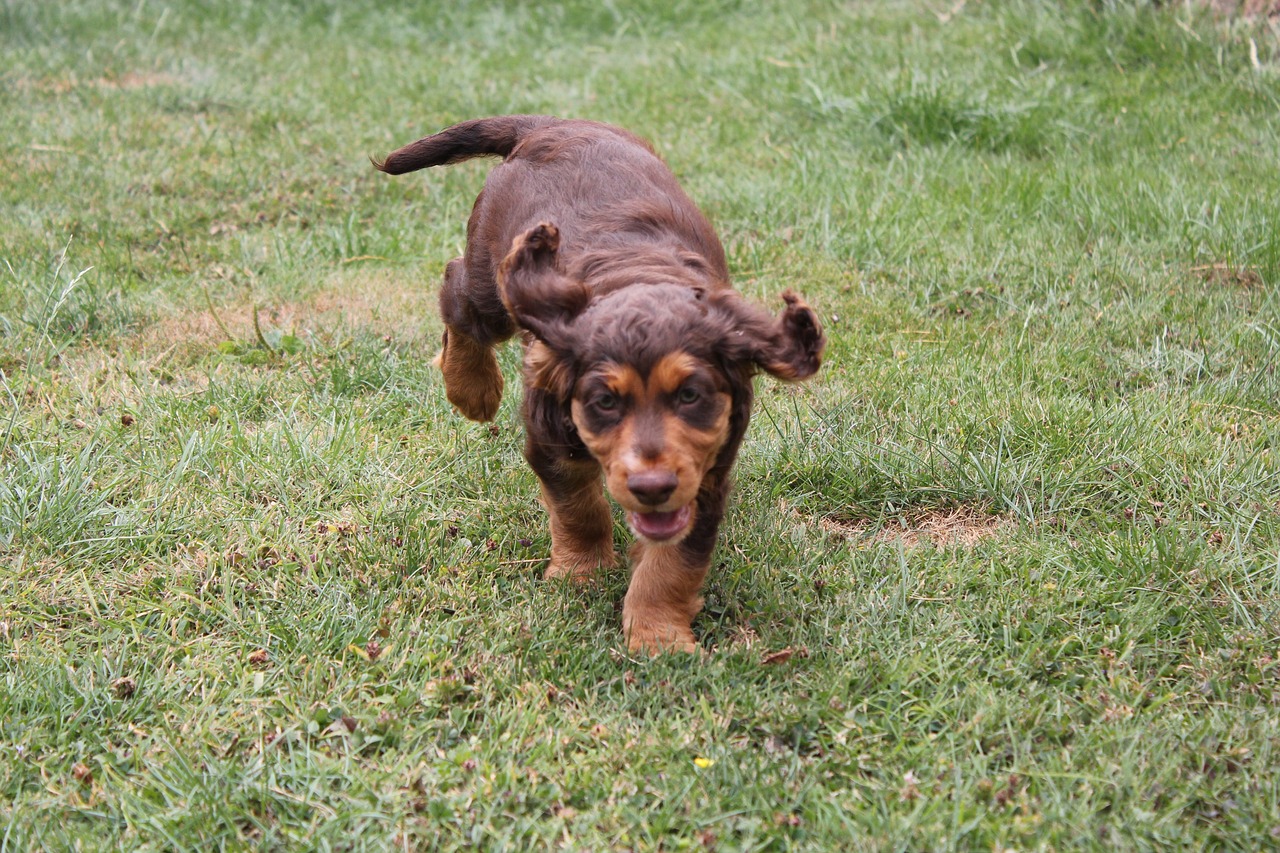
Chocolate or liver-colored Cocker Spaniels have a luxurious deep brown coat that can sometimes be almost dark enough to appear black in low lighting. This color should be uniform across the coat but can occasionally come with tan points or a small amount of white on the chest. The richness of the chocolate color provides a stunning contrast against the Cocker Spaniel’s bright, intelligent eyes, making this color variation a favorite for its unique and lush appearance.
4. Red
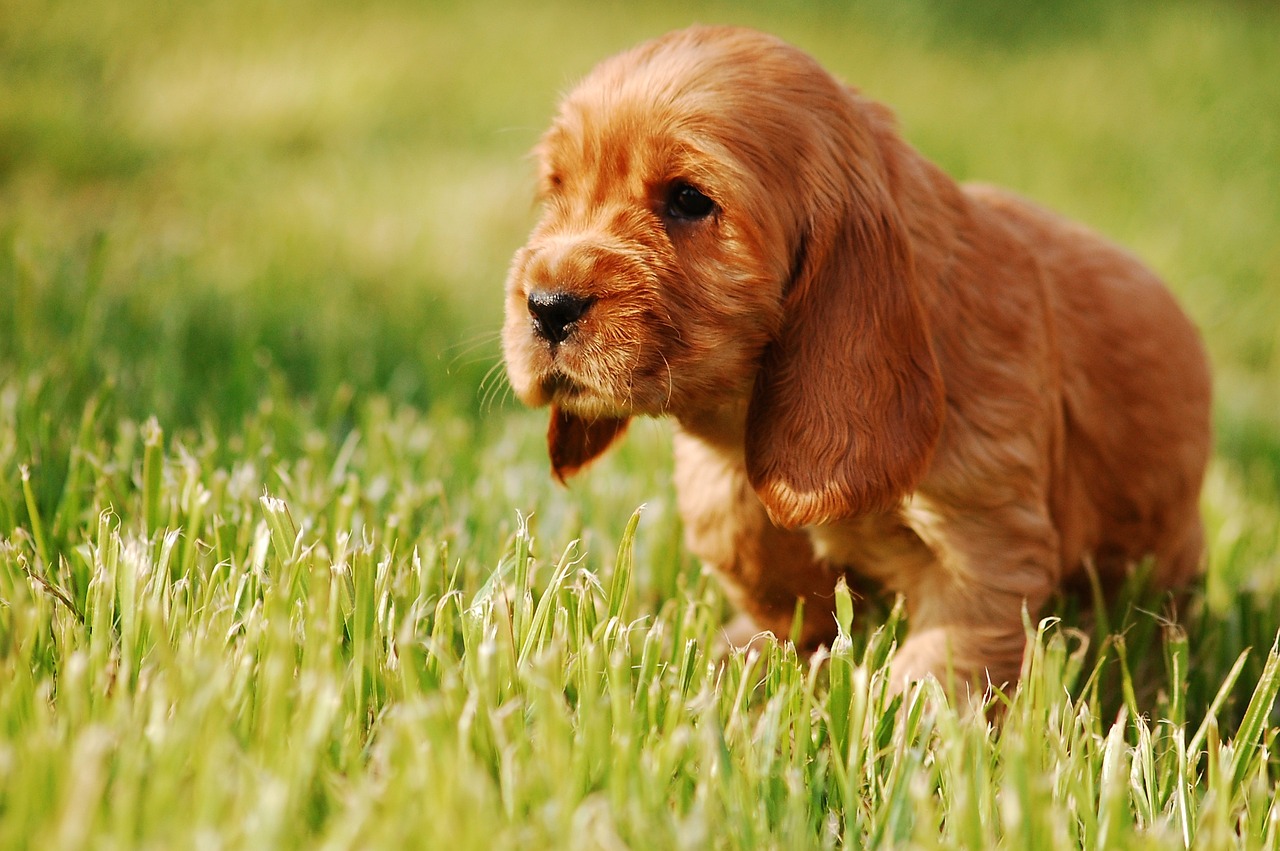
Red Cocker Spaniels have a vibrant, fiery hue that ranges from a light strawberry blond to a deep, rich auburn. This color is particularly striking and can make a Cocker Spaniel stand out in any crowd. The red coat may fade over time and requires protection from sun exposure to maintain its intensity. This color variant shares the same grooming needs as other Cockers, focusing on regular brushing to maintain coat health and reduce matting.
5. Blue Roan

Blue roan Cocker Spaniels are an intriguing blend of black and white hairs that give the overall appearance of a bluish tint. This coat color is especially popular in the show ring due to its unique and captivating appearance. The ‘roan’ effect becomes more pronounced as the dog matures, and the distribution of color can change with age. Maintaining a blue roan coat requires frequent grooming to prevent tangling and to keep the fur looking its best.
6. Tri-color
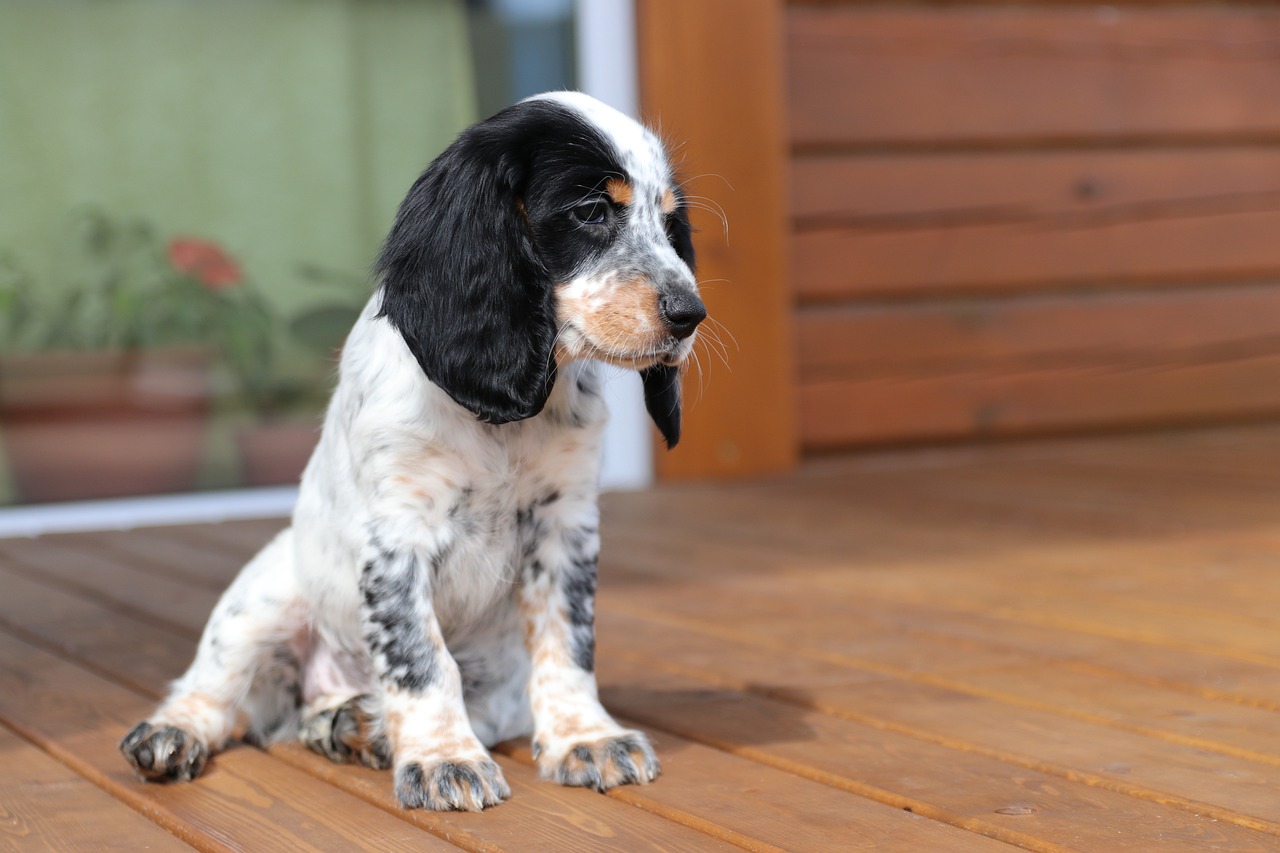
Tri-color Cocker Spaniels are primarily black or chocolate with white and tan markings, usually found above the eyes, on the cheeks, beneath the tail, and on the legs. This color variation is eye-catching due to its complexity and the sharp contrast between colors. Tri-color Cockers are often seen in competitive show environments but are also beloved as family pets for their unique and striking coat pattern.
7. Sable

Sable Cocker Spaniels have a coat color where each hair has multiple colors. Typically, this includes a base color of red or golden with black tipping, which gives a dark overlay appearance. Sable Cockers are stunning because of their dynamic coloring, which can shift and change in different lights and as the dog moves. This color is relatively rare and requires regular grooming to highlight the multi-colored strands without causing damage.
In conclusion, Cocker Spaniels offer a diverse palette of coat colors, each with its own unique charm and set of considerations for care and grooming. Whether you prefer the classic elegance of a black Cocker or the striking vibrancy of a red, these dogs provide a variety of aesthetic choices matched by their loving and gentle personalities, making them perfect companions for a wide range of families and lifestyles.
Frequently Asked Questions About Cocker Spaniel Colors
1. What is the most common color for Cocker Spaniels?
The most common color for Cocker Spaniels is golden. This appealing shade ranges from a pale yellow to a deep golden hue and is highly sought after due to its striking appearance that beautifully complements the breed’s cheerful demeanor. The golden Cocker Spaniel’s coat can shine brilliantly in the sunlight, enhancing its appeal both as a family pet and in the show ring. Maintaining the vibrant color of a golden Cocker Spaniel requires regular grooming to prevent the fur from becoming dull and to keep it free from mats and tangles.
2. Are Cocker Spaniels available in black?
Yes, black is a recognized and popular color in Cocker Spaniels. These dogs feature a glossy, jet-black coat that can be either solid or occasionally have small white markings, typically on the chest. Black Cocker Spaniels are admired for their striking appearance that offers a stark contrast to their expressive, dark eyes. Their dark fur can make them less prone to visible staining but may require more frequent grooming to maintain the shine and prevent dust from showing.
3. Can Cocker Spaniels be bi-colored?
Yes, Cocker Spaniels can indeed be bi-colored. Common bi-color combinations include black and tan, brown and tan, and black and white. These bi-colored Cockers have distinct markings that usually include tan points above the eyes, on the cheeks, under the tail, and sometimes on the legs. The precise patterning and color distribution can vary widely from one dog to another, adding to the unique appearance of each bi-colored Cocker Spaniel.
4. What is a blue roan Cocker Spaniel?
A blue roan Cocker Spaniel has a coat that mixes black and white hairs to create a bluish tint. This color pattern is one of the several roan variations found in Cocker Spaniels and is highly valued in the show community for its unique and eye-catching appearance. The roan pattern typically becomes more pronounced as the dog matures, with puppies being born with much lighter coats that darken over time. Blue roan Cockers require regular grooming to maintain their distinctive speckled coat and to prevent matting.
5. How does the chocolate color differ from other colors in Cocker Spaniels?
Chocolate Cocker Spaniels, sometimes referred to as liver, have a rich, deep brown coat that sets them apart from other colors. This shade can vary from a lighter milk chocolate to a darker, almost black hue. Unlike black Cockers, chocolate Cockers have brown noses, eye rims, and paw pads, which coordinate with their coat color. This warm, earthy color can fade slightly due to sun exposure, and like all Cocker Spaniels, they require regular grooming to keep their coat in top condition.
6. What is a tri-color Cocker Spaniel?
Tri-color Cocker Spaniels are primarily black or chocolate but include white and tan markings in specific areas. These areas typically include the face (over the eyes and on the cheeks), under the tail, and on the legs. The tri-color pattern is eye-catching and provides a striking contrast that makes these dogs stand out. This color variation is quite popular both as a pet and in show circles, where their distinctive markings can make them highly competitive.
7. What are the grooming requirements for different Cocker Spaniel colors?
The grooming requirements for Cocker Spaniels generally do not vary by color but by the quality and type of coat. All Cocker Spaniels have a dense, silky coat that needs regular grooming to prevent mats and tangles. This includes brushing several times a week and professional grooming every 6 to 8 weeks. While color does not impact grooming frequency, lighter-colored Cockers may require more frequent baths to maintain a clean, vibrant coat appearance.
8. Are white Cocker Spaniels common?
White is not a common color for Cocker Spaniels. Most Cockers that appear to be white are actually light buffs or have a white coat with significant markings of another color. Pure white Cocker Spaniels are rare and are not recognized within the standard color patterns for this breed. Those that are predominantly white usually have genetic links to parti-colored ancestors.
9. Do the colors of Cocker Spaniels affect their health?
No, the color of a Cocker Spaniel does not inherently affect its health. However, it is important to note that certain color patterns, particularly those involving extreme dilutions or albinism, may be linked to health issues in some breeds. In Cocker Spaniels, there is no direct correlation between coat color and specific health problems. Regardless of coat color, all Cockers can be predisposed to the same breed-specific health issues, such as ear infections, eye conditions, and hip dysplasia.
10. Can Cocker Spaniel puppies change color as they grow?
Yes, Cocker Spaniel puppies can change color as they grow. Many puppies are born with darker coats that lighten as they mature, and those with roan or merle patterns may develop more distinct markings over time. Additionally, some solid-colored puppies may develop additional shading or markings as they age. Regular grooming and good nutrition can help maintain the clarity and vibrancy of their coat as they grow.

 1 week ago
12
1 week ago
12

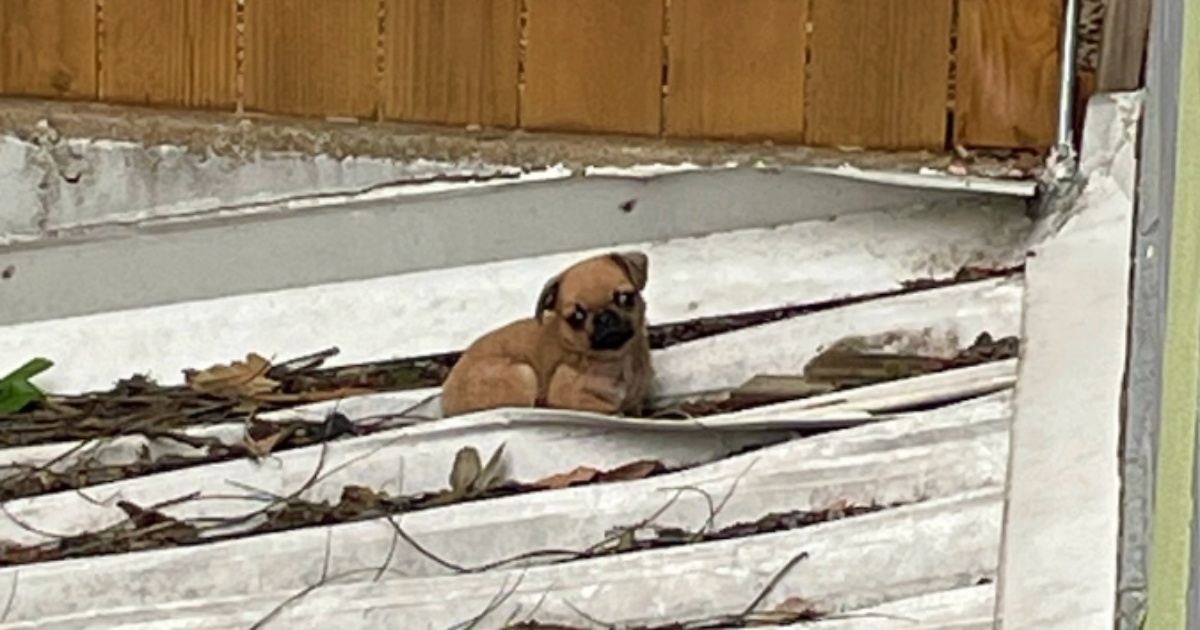
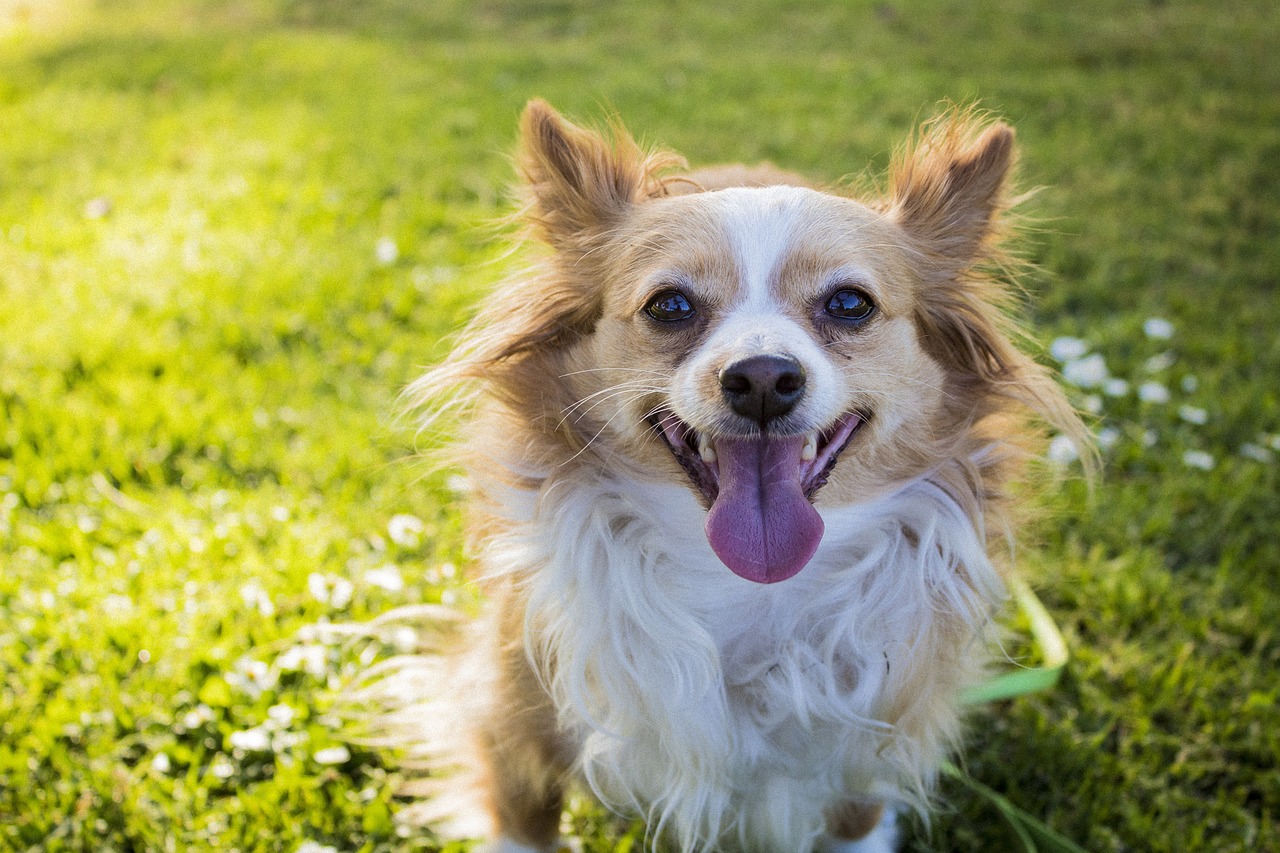
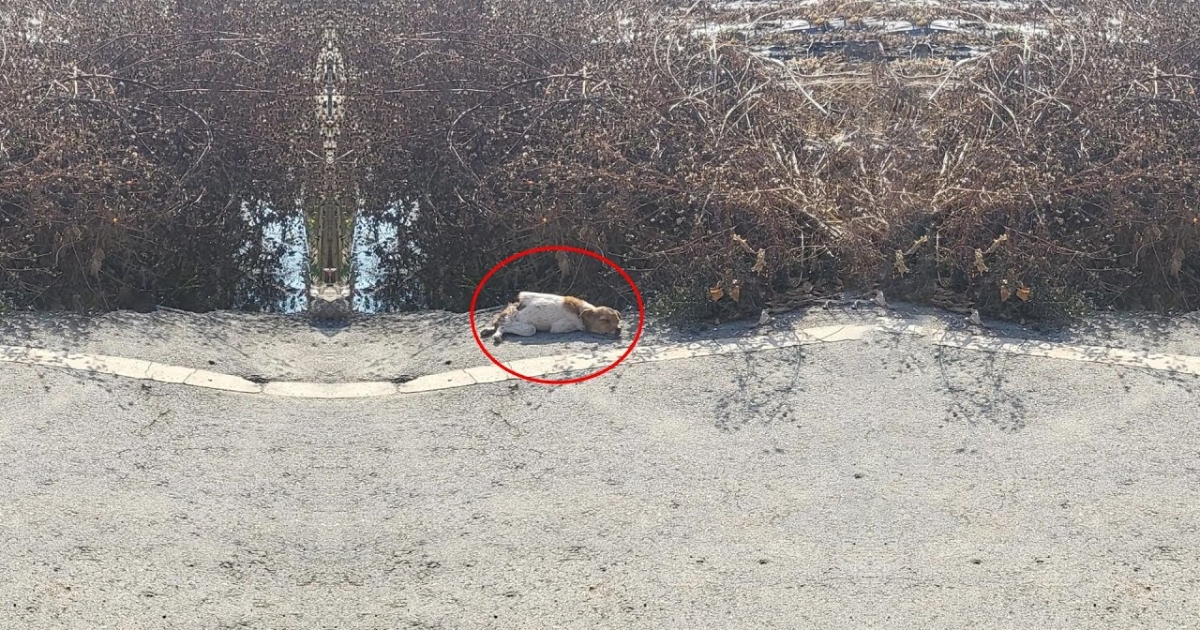
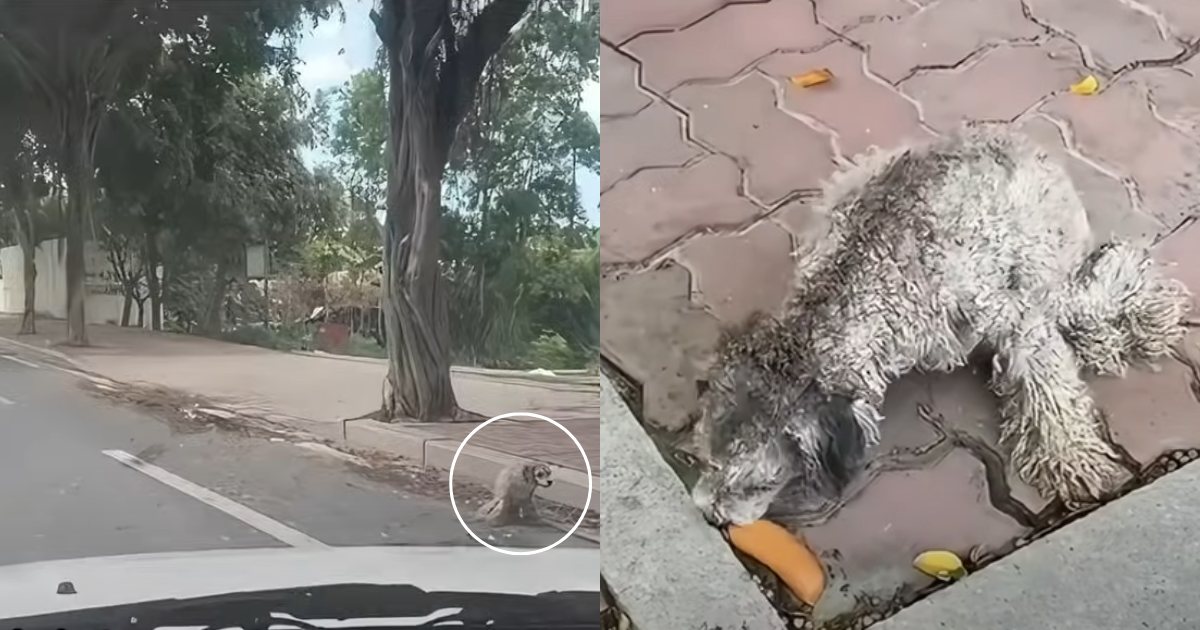

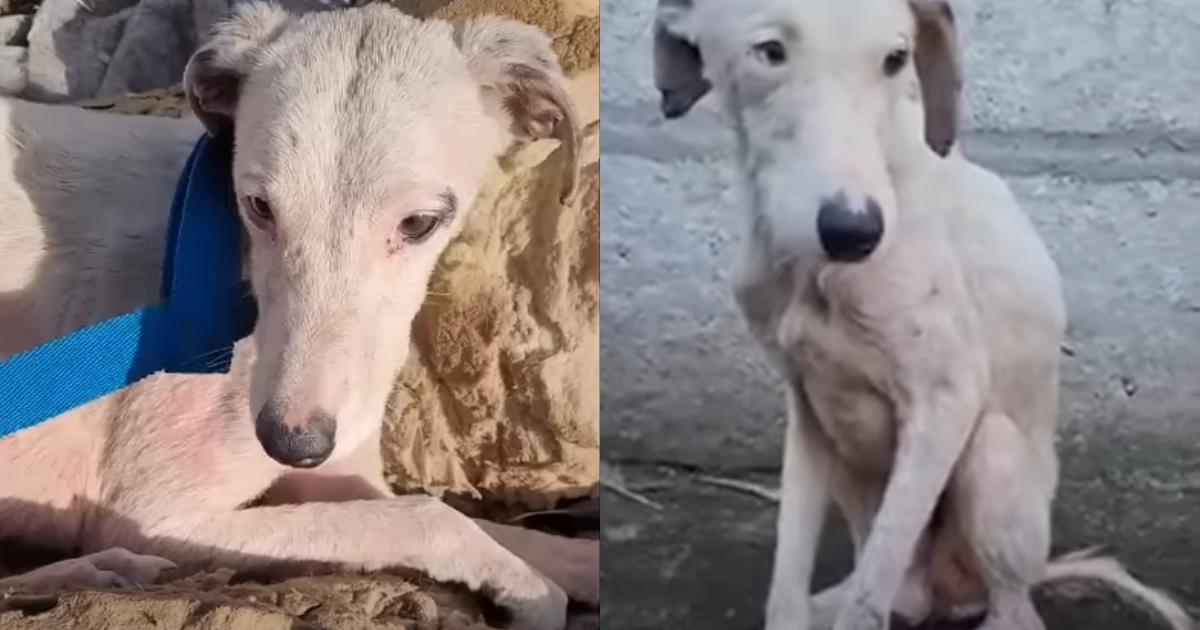
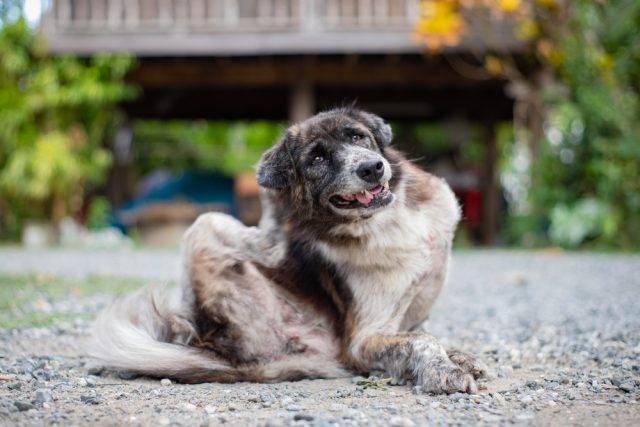
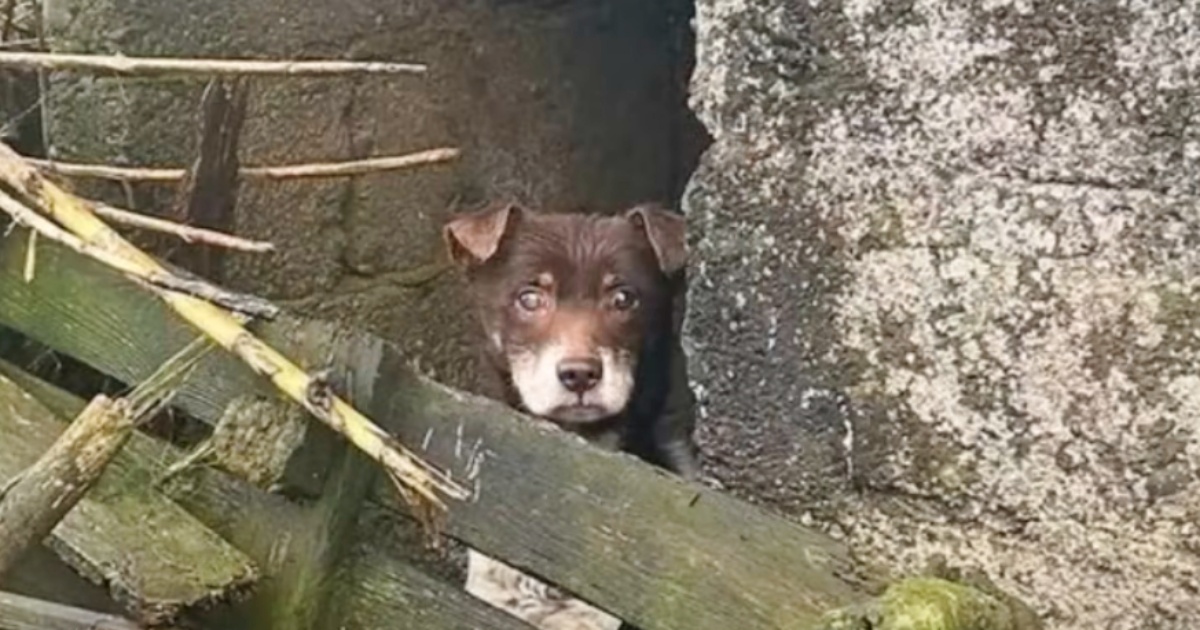
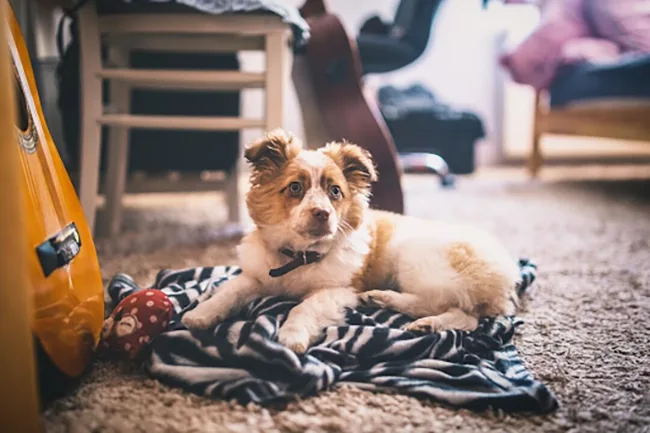


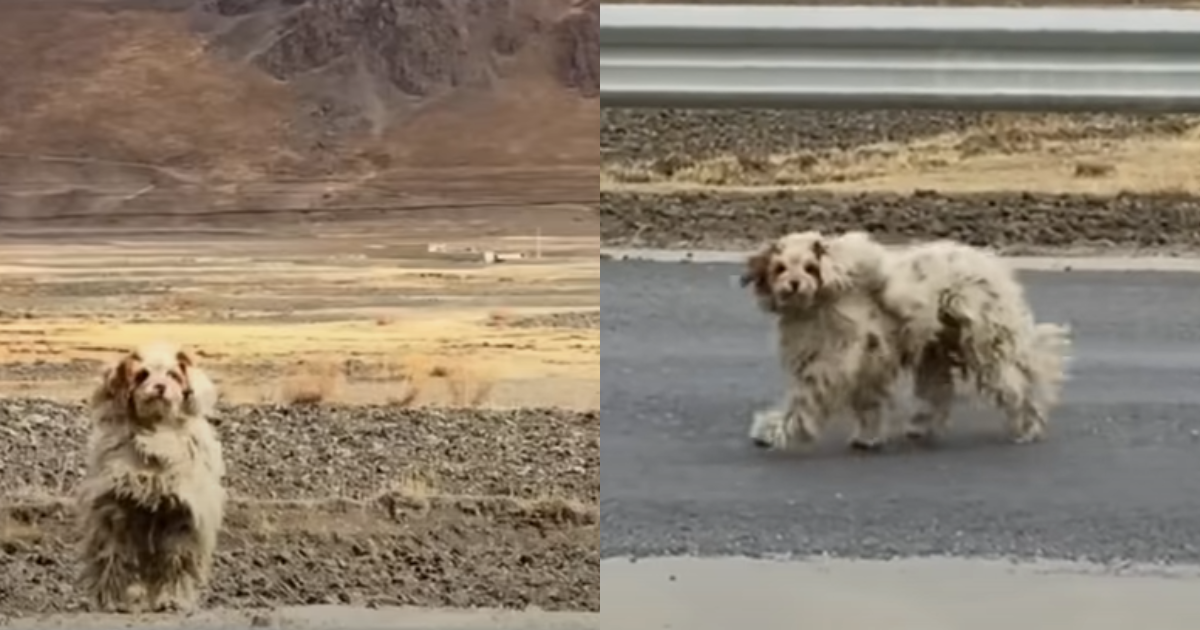

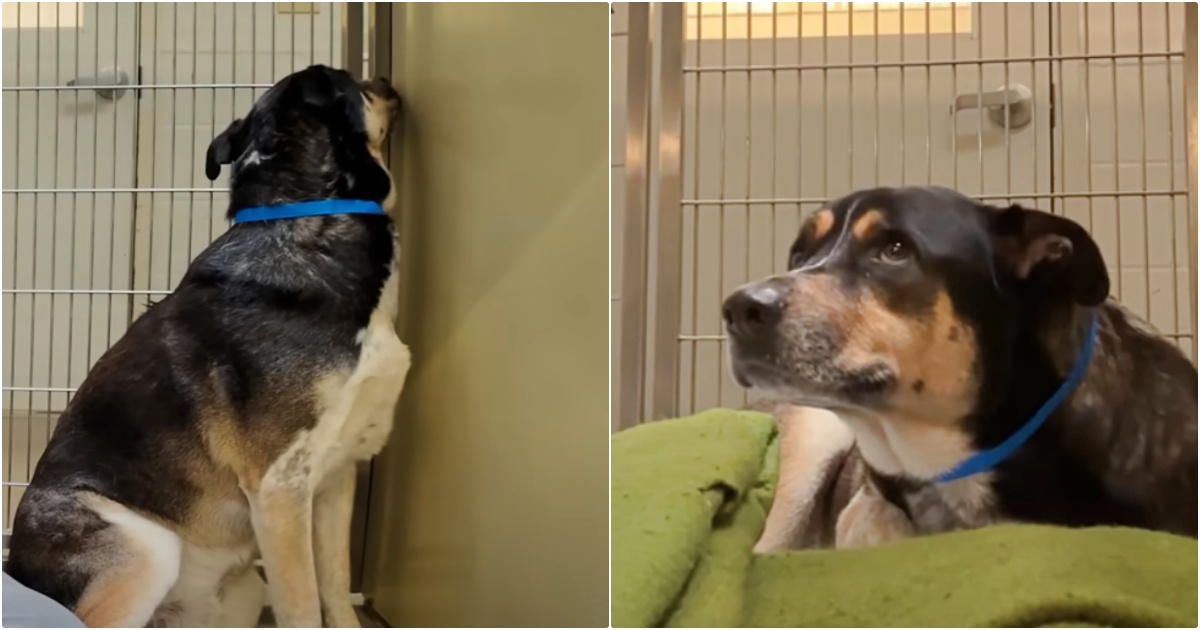
![Cost of a Borzoi Puppy by US Region [2024]](https://iheartdogs.com/wp-content/uploads/2024/04/borzoi-4950553_1280.jpg)
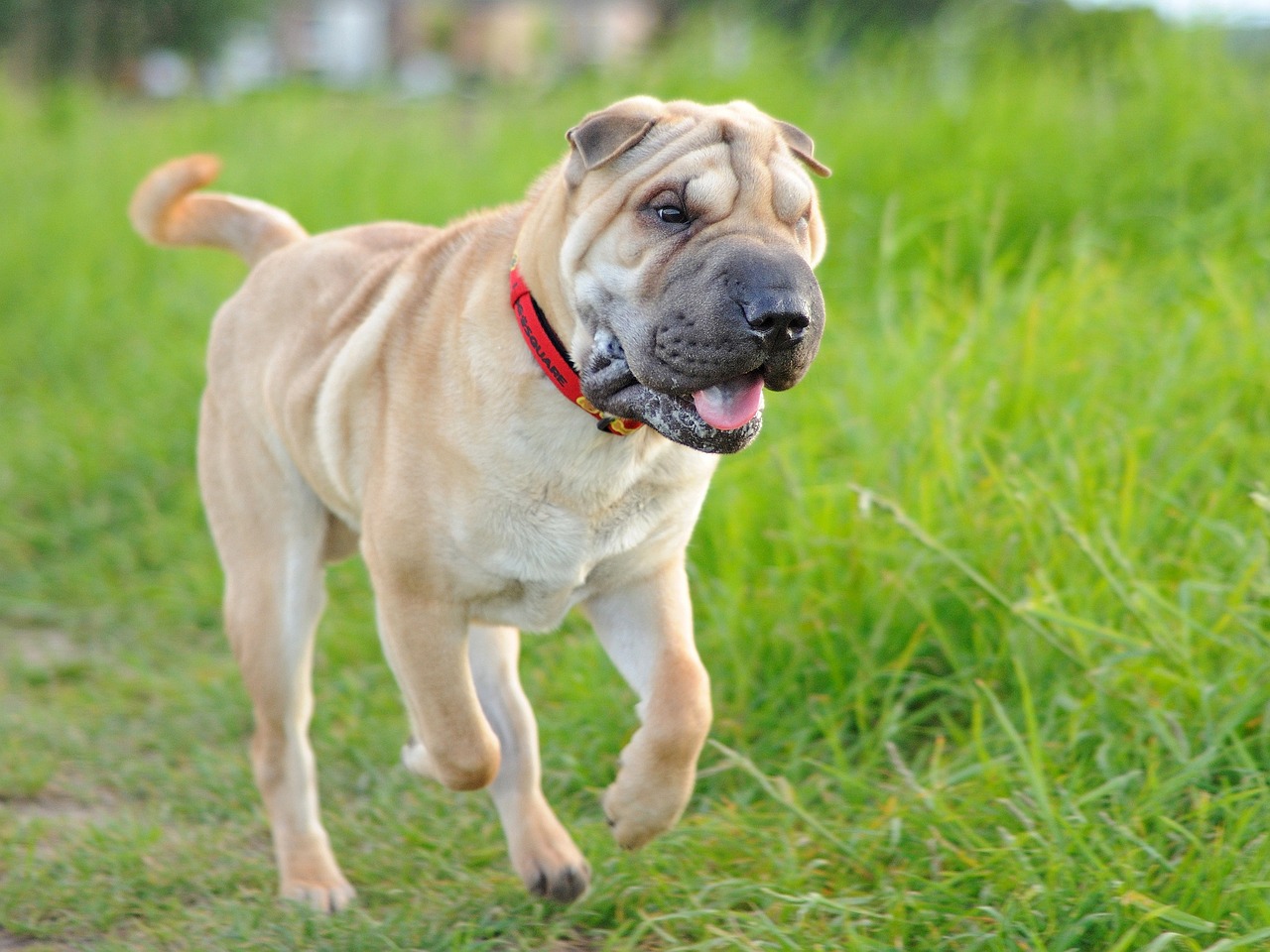
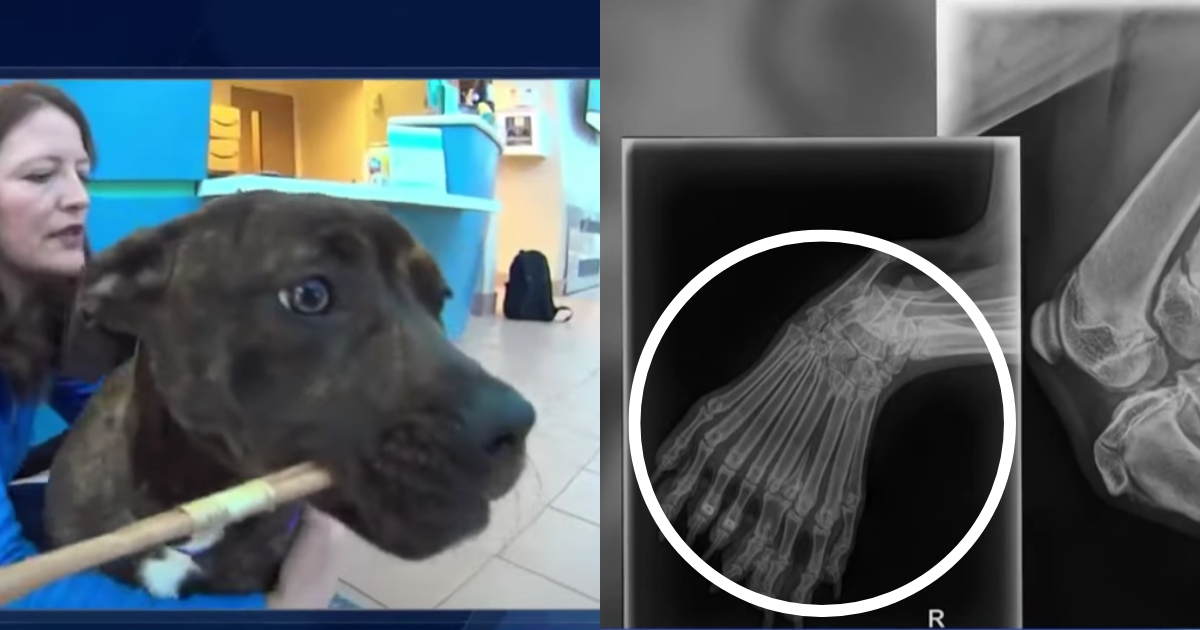
 English (US) ·
English (US) ·